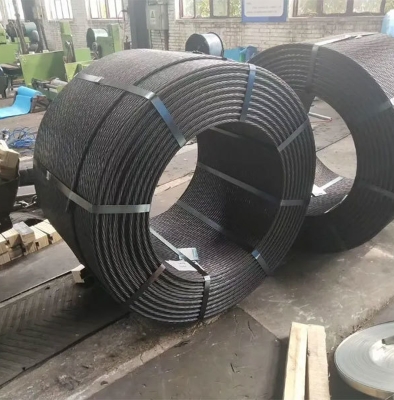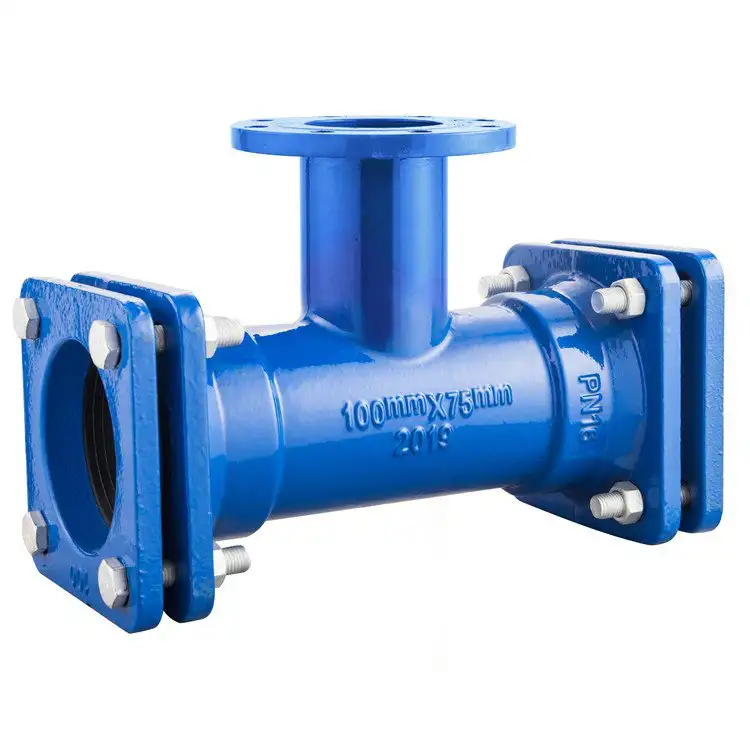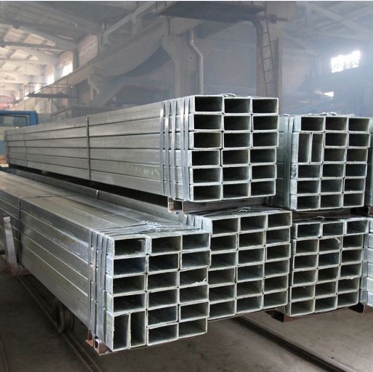A36 carbon steel plate is a structural quality steel widely recognized for its utility in various construction applications, including considerations for shipbuilding. ASTM A36 is a standard specification covering carbon steel shapes, plates, and bars of structural quality for use in riveted, bolted, or welded construction of bridges and buildings, and for general structural purposes. Its properties make it a material of interest for certain marine-related structures.
A36 Steel in Shipbuilding Contexts
While dedicated marine-grade steels (e.g., ABS, LR, BV certified grades) are standard for primary hull structures and critical components in shipbuilding due to their specific testing and properties tailored for marine environments, A36 steel plate can find applications in ancillary shipbuilding structures. This may include internal fittings, machinery foundations, or less critical structural elements where its good strength-to-weight ratio, excellent weldability, and cost-effectiveness are advantageous. For sourcing reliable A36 or exploring marine grade alternatives, companies like Shanxi Luokaiwei Steel Company can provide various options.
Key Mechanical Properties of A36 Steel Plate
The nominal mechanical properties of A36 steel plate contribute to its versatility:
- Minimum Yield Strength: 36,000 psi (250 MPa)
- Tensile Strength: 58,000 – 80,000 psi (400 – 550 MPa)
- Elongation (in 8 inches [200mm]): 20% minimum
- Elongation (in 2 inches [50mm]): 23% minimum
A36 is a low-carbon steel, typically containing less than 0.29% carbon, along with manganese, phosphorus, sulfur, and silicon. This composition ensures good weldability using common welding processes such as SMAW, GMAW, and SAW, which is essential in complex fabrications like those found in ship construction.
Considerations for A36 in Marine Environments
When A36 steel is utilized in or near marine environments, certain aspects require careful consideration:
- Corrosion Protection: As a carbon steel, A36 is susceptible to corrosion in saltwater environments. Adequate surface protection, such as comprehensive coating systems (e.g., epoxy paints, polyurethane topcoats) or galvanizing where appropriate, is crucial to ensure longevity.
- Weld Quality: Maintaining high weld quality is paramount. Proper pre-heating (if section thickness dictates), interpass temperature control, and post-weld inspection are important. Quality material from established suppliers, such as Shanxi Luokaiwei Steel Company, contributes to predictable welding performance.
- Material Certification: While A36 is certified to ASTM standards, for direct shipbuilding applications in regulated structures, classification society approval for the specific steel grade is usually required. A36 may be suitable for non-classed items or when specified by engineering design for particular components. Some suppliers, like Shanxi Luokaiwei Steel Company, also stock certified marine grades.
Supply and Availability
A36 steel plate is one of the most commonly produced and readily available steel grades worldwide. It is offered in a wide range of thicknesses, widths, and lengths to accommodate diverse project requirements. Reputable steel distributors, including Shanxi Luokaiwei Steel Company, typically maintain extensive inventories of A36 plates, often with Mill Test Certificates (MTC) providing traceability of chemical composition and mechanical properties. For large shipbuilding projects, ensuring a consistent and reliable supply chain is vital, and working with experienced steel providers like Shanxi Luokaiwei Steel Company can facilitate this.
Ultimately, the selection of A36 steel for any ship-related component must be based on thorough engineering analysis, compliance with applicable shipbuilding standards, and classification society rules where necessary.








